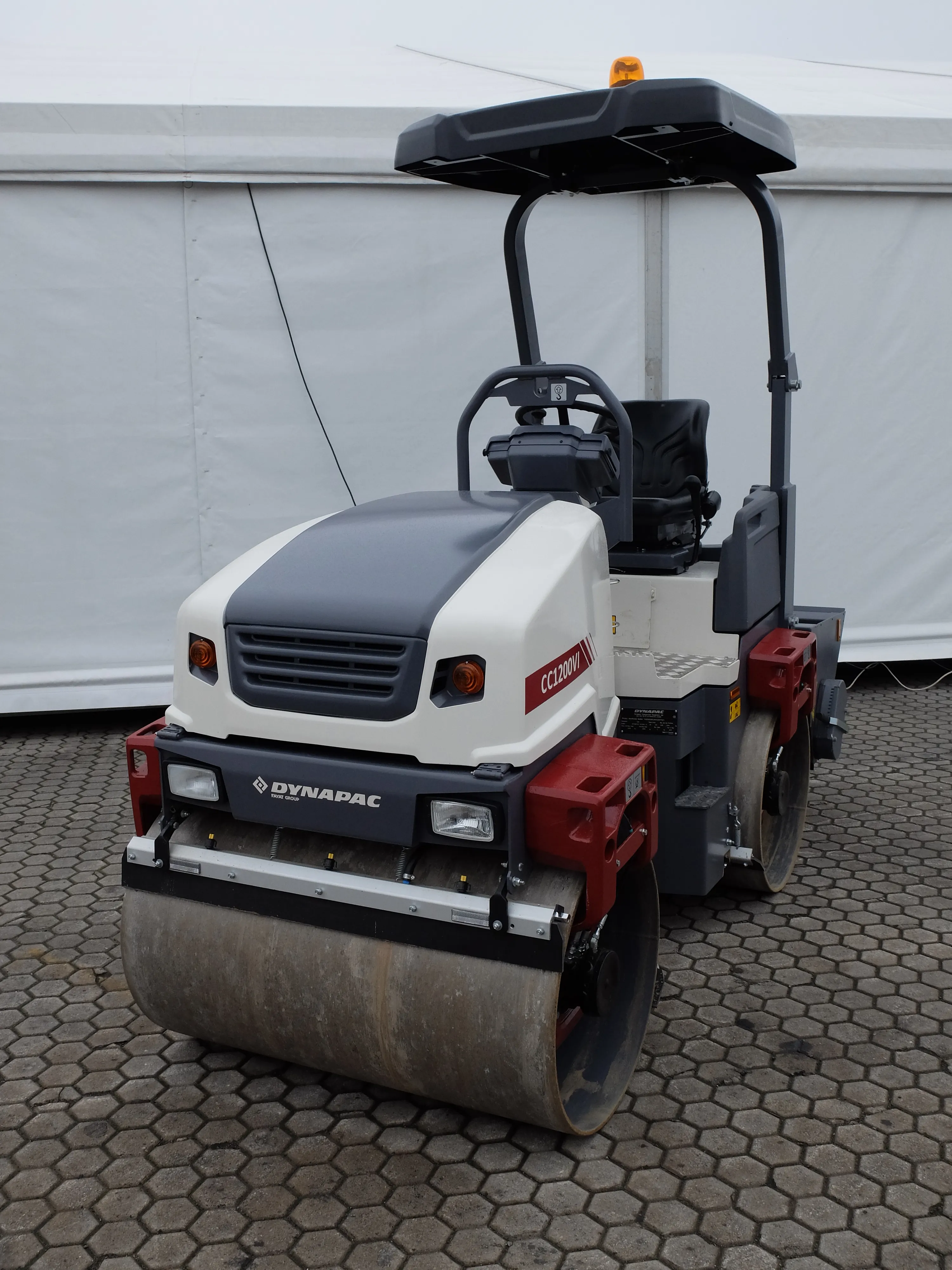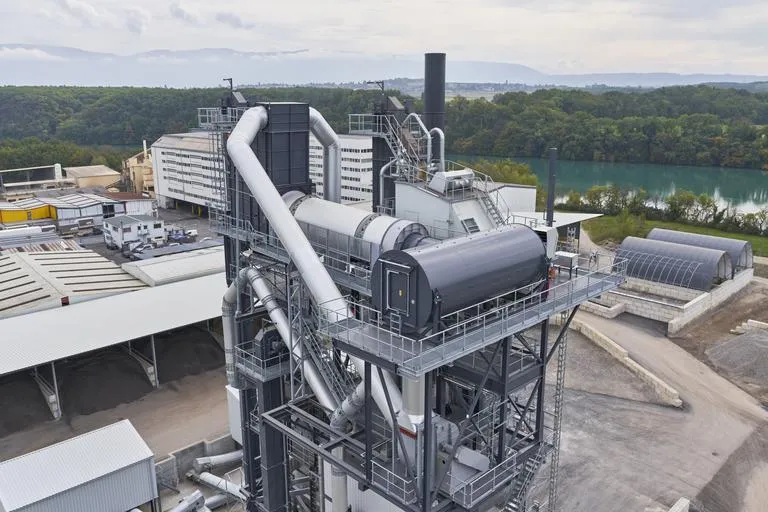January 6, 2017
Case have been making graders for 30 years and say its new C series are the best available. The key features are low operating cost, controllability and flexibility, patented technology from FPT Industrial – and the possibility of 15% reduction in fuel consumption.









